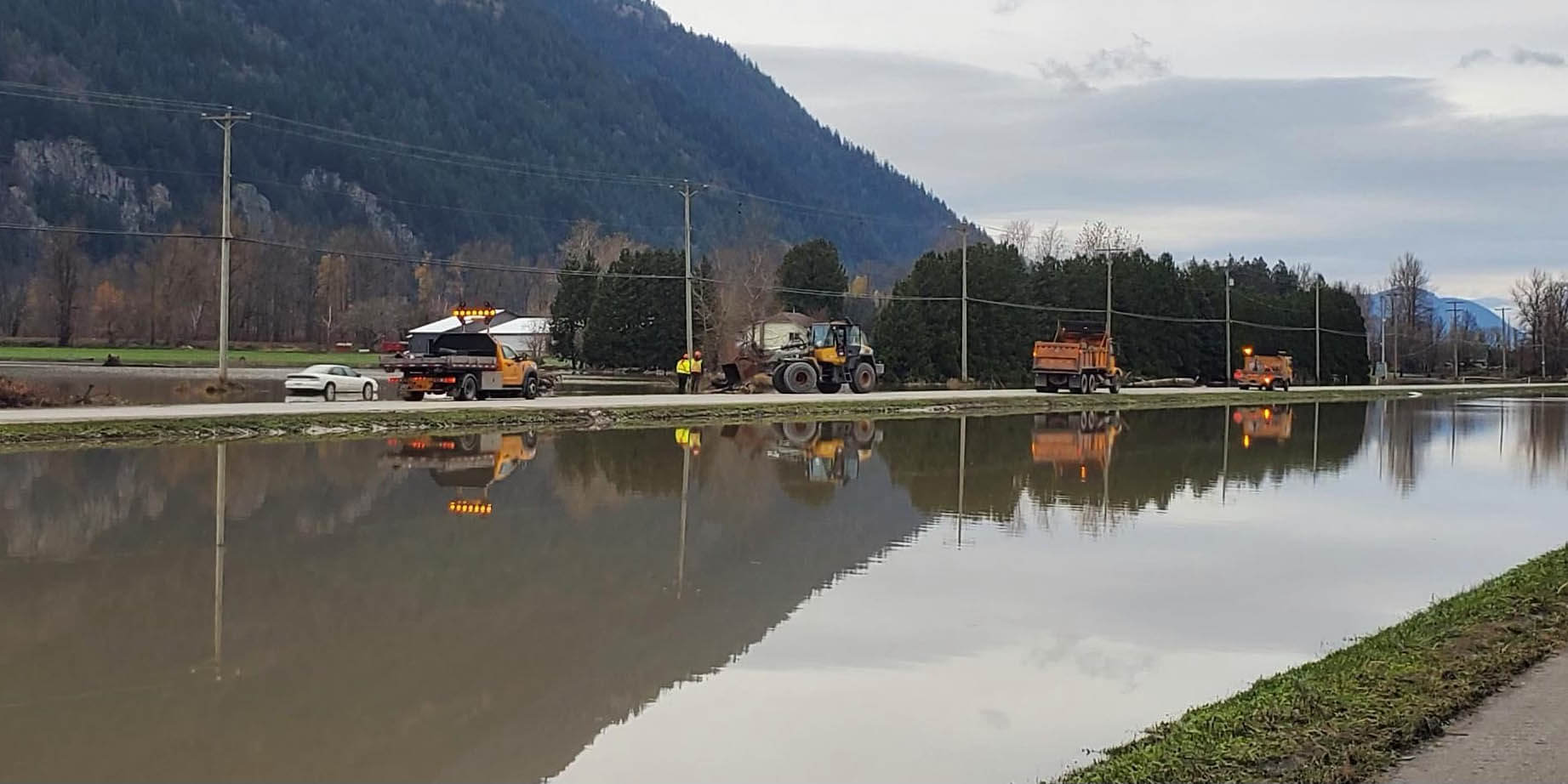
This blog is part of a series of perspectives from ISC Fellows and other members of the ISC’s network on the United Nations Climate Change Conference (COP27), which takes place from 6 to 18 November 2022 in Sharm El Sheikh, Egypt.
The 27th COP is currently underway, reminding us about the importance of implementing climate adaptation actions. In just a few days time, nations committed to the Paris Agreement are expected to demonstrate that they have taken climate action seriously and entered “into a new era of implementation”. But are we truly in a new era of implementation?
The implementation of adaptation goals and policies is growing in urgency as climate stressors continue to increase in frequency and severity. Adaptation strategies are intended to moderate or avoid harm associated with climate stressors (IPCC, 2022), however, these strategies are only effective if implemented in practice. Indeed, an adaptation plan that sits on the shelf is not going to reduce vulnerability on the ground.
Around the globe, scholars continue to find that adaptation implementation is lagging (e.g. Bonnett & Birchall, 2022). While local governments are widely regarded as the level of government responsible for implementing adaptation policies, they also face a range of distinct adaptation barriers that may challenge implementation efforts. This calls into question the role of other levels of government in supporting local adaptation implementation. Although national and provincial/state governments can spur local action through their ability to set mandates, these mandates tend to prioritize mitigation over adaptation (Bonnett & Birchall, 2022). Moreover, while national and provincial/state governments provide policy guidance and funding for local climate action initiatives, it is often geared towards mitigation, which disincentivizes local adaptation (e.g. Bonnett & Birchall, 2022).
While the role of higher levels of government in supporting local climate initiatives is well studied, we draw attention to role of regional governments. We note that regional governments may play a critical role in initiating municipal uptake of climate adaptation, and for enhancing the likelihood of implementation in practice. So, what is it about regional levels of government that allows them to play this role?
In Canada, regional governments are situated just above municipalities, from a governance perspective. They are intended to facilitate cooperation and joint decision-making on complex regional issues, such as environment and climate change. Importantly, in Canada, municipal planning and decision-making is required to align with regional planning goals, as prescribed by provincial legislation. As a result, if a regional government includes climate adaptation as a goal within their policies and planning, municipalities are required to follow suit, and show how their planning tools align with and contribute to the regional goal.
Not only that, but regional governments may also act as hubs for the merging of information, data and financial resources. This pooling of resources can promote effective collaboration, and data and knowledge sharing that can be used to support municipal implementation efforts. For instance, regionally collected data can be shared with municipalities in an effort to address capacity issues, such as a lack of scaled climate data. In terms of knowledge sharing, regional governments are able to effectively cooperate and share ideas with municipalities on how to address climate stressors and implementation challenges. This is enabled by their closer proximity to municipal issues and their own experiences with many of the same climate stressors. Such proximity results in a heightened awareness of local contextualities in comparison to provincial and national governments that are more distant from local settings.
Regional governments also offer greater flexibility relative to provincial/state and national governments. For example, provincial mandates for climate action often require all affected municipalities within a large scope to work towards the same goal, whether that be setting the same emissions reduction target or developing a climate adaptation strategy. Regional governments, on the other hand, can identify a broad and regionally significant climate adaptation goal within their planning tools and require municipalities to align with this goal. This allows municipalities to determine the ways in which they will meet this goal as it relates to their context and capacities. This flexibility is key for promoting the development of municipal adaptation policies that are tailored to the community and, thus, more likely to be implemented in practice.
As we proceed towards a new era of implementation, we must not overlook the role of regional governments in driving and supporting municipal adaptation planning. Indeed, climate change is a complex problem that cannot be addressed in isolation. It requires innovative solutions, knowledge-sharing and cooperation in order to address persistent barriers and propel local governments towards resilience building.
For more information on the role of regional government in spurring local level adaptation action, see: Bonnett, N. L., & Birchall, S. J. (2022). The influence of regional strategic policy on municipal climate adaptation planning. Regional Studies, https://doi.org/10.1080/00343404.2022.2049224.
Bonnett, N. L., & Birchall, S. J. (2022). The influence of regional strategic policy on municipal climate adaptation planning. Regional Studies, https://doi.org/10.1080/00343404.2022.2049224.
IPCC, 2022: Annex II: Glossary [Möller, V., R. van Diemen, J.B.R. Matthews, C. Méndez, S. Semenov, J.S. Fuglestvedt, A. Reisinger (eds.)]. In: Climate Change 2022: Impacts, Adaptation and Vulnerability. Contribution of Working Group II to the Sixth Assessment Report of the Intergovernmental Panel on Climate Change [H.-O. Pörtner, D.C. Roberts, M. Tignor, E.S. Poloczanska, K. Mintenbeck, A. Alegría, M. Craig, S. Langsdorf, S. Löschke, V. Möller, A. Okem, B. Rama (eds.)]. Cambridge University Press, Cambridge, UK and New York, NY, USA, pp. 2897–2930, doi:10.1017/9781009325844.029.
Nicole L. Bonnett, S. Jeff Birchall
School of Urban and Regional Planning, Department of Earth and Atmospheric Sciences, University of Alberta, 1-26 Earth Sciences Building, Edmonton, Alberta T6G 2E3, Canada
Image by British Colombia Ministry of Transportation and Infrastructure via Flickr.